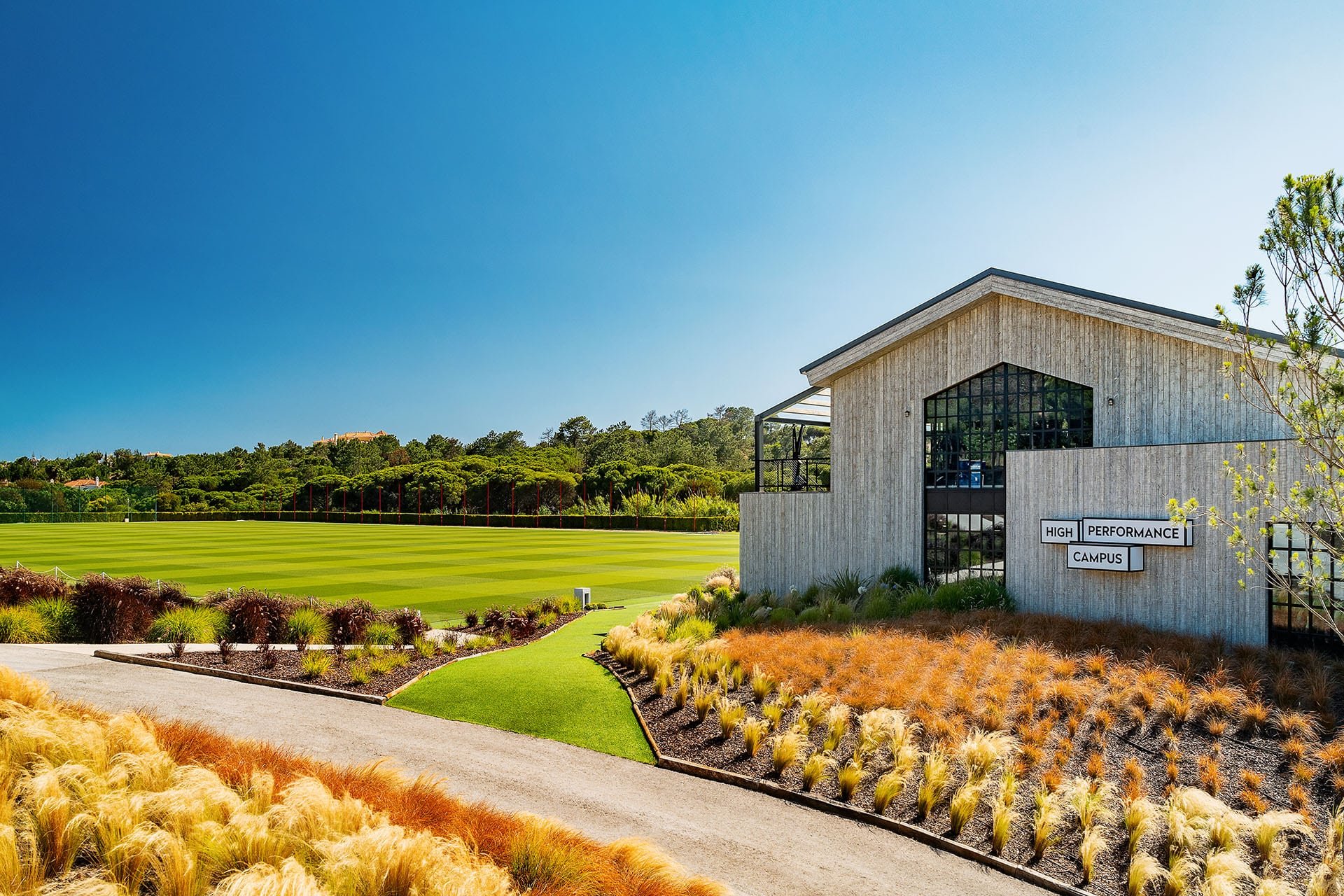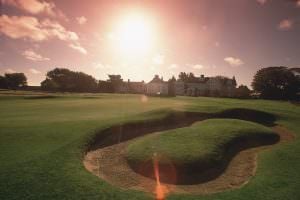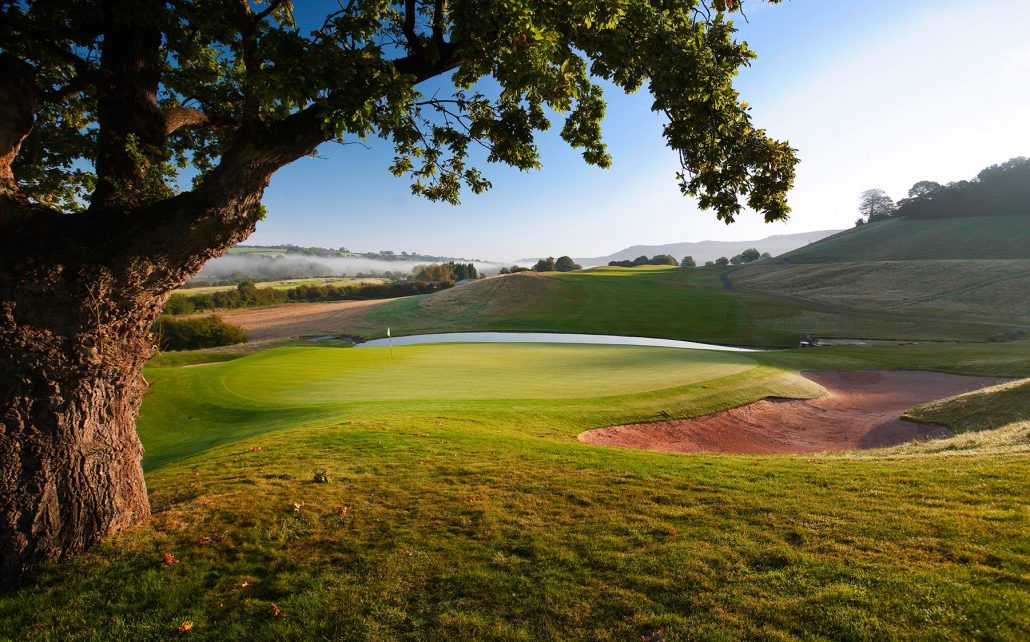
This club is famous for… the Ryder Cup and a Roman redesign
What do you know about Celtic Manor?
I’ll bet most of you know the Ryder Cup was staged there – the Twenty Ten Course being purposely built to stage the biennial battle between Europe and the United States.
It was quite a week, too, eight year ago. Heavy rains across the week caused the singles to be moved into Monday before Graeme McDowell sunk the crucial putt that gave Europe and captain Monty a narrow win.
The finishing holes were particularly thrilling – with a long par 4 16th, a par 3 17th and a par 5 18th. It was a conclusion made for matchplay.
But it wasn’t supposed to be like that. Substantial changes had to be made to the construction after a stack of Roman archaeology was found as the fairways were being laid.
That the Romans had a significant influence on the Newport site was already well known. The first course built at Celtic Manor spelled that out rather obviously.
Roman Road, which opened in 1995, traced the route of the Via Julia highway.
Ross McMurray, of European Golf Design, was charged with bringing the Twenty Ten course to fruition and he had to think quickly on his feet when Roman pottery kilns and a host of graves were excavated close to what was supposed to be the 17th.
“I had to make major changes, pretty much as the golf course construction was starting, because the archaeologists were finding all sorts of Roman artefacts and graves on the site,” he explained.
“We were originally finishing on a par 4 and I had to make the 17th – which was a 4 – into a par 3 to avoid some Roman graves.
“The only other thing I could do was stretch the 18th tee back and make that into a par 5. That considerably increased the amount of excavation work we had to do but, arguably, I look and think it actually came out better.
“It was a nice finish, with a good long par 4 16th, a par 3 17th and a par 5 18th. It’s funny how these things happen.
“It wasn’t how it was originally planned and wasn’t the best way to fit the holes into the landscape, but we were forced to make the change.”
In total, McMurray’s original plans changed as many as a dozen times as the archaeological finds, which also included villa foundations, were uncovered.
It all worked out, though, and the Celtic Manor course today remains a compelling reminder of a gripping four days of Ryder Cup brilliance.
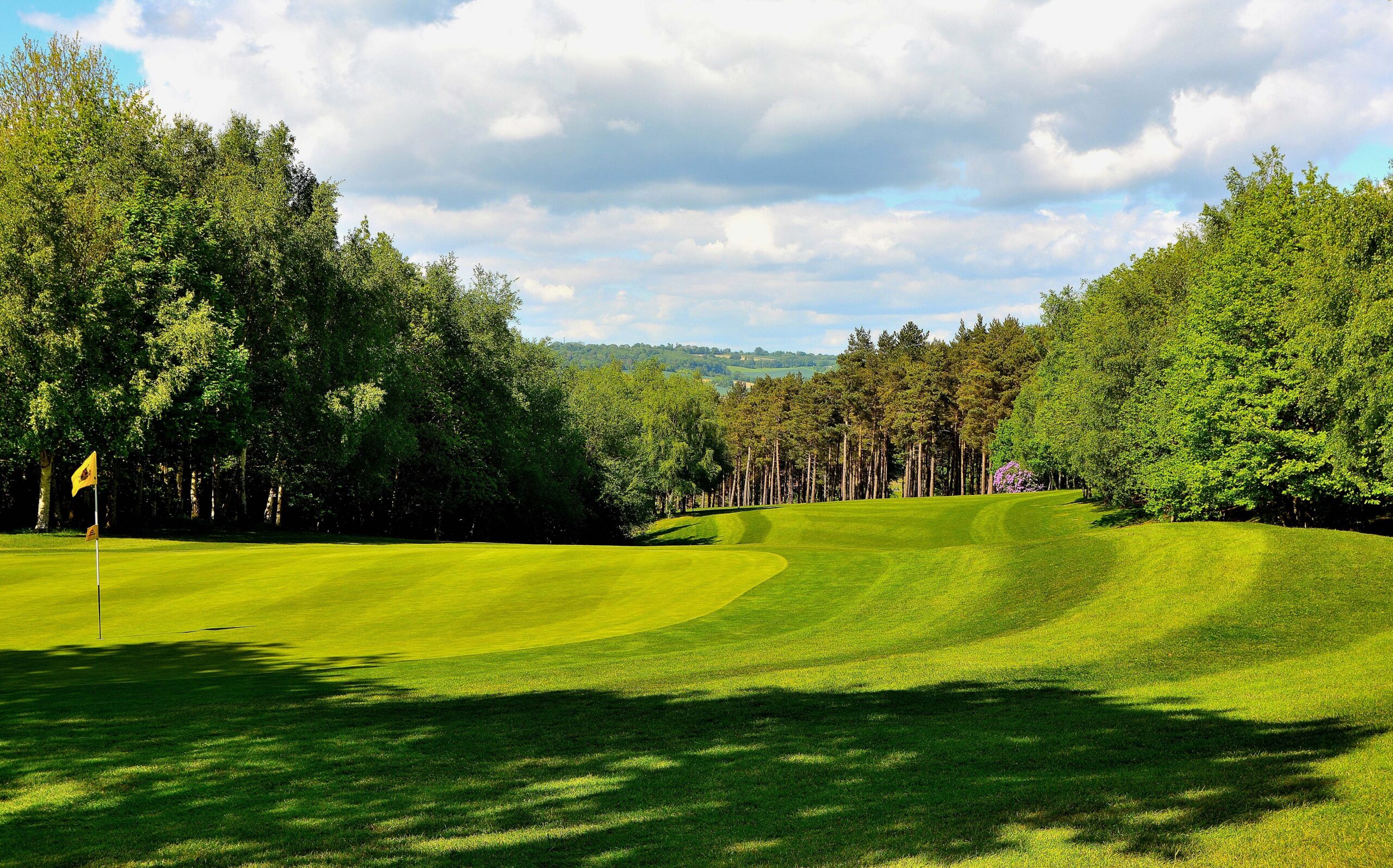
This club is famous for… being born out of the Great Storm

This club is famous for… being James Braid’s final course
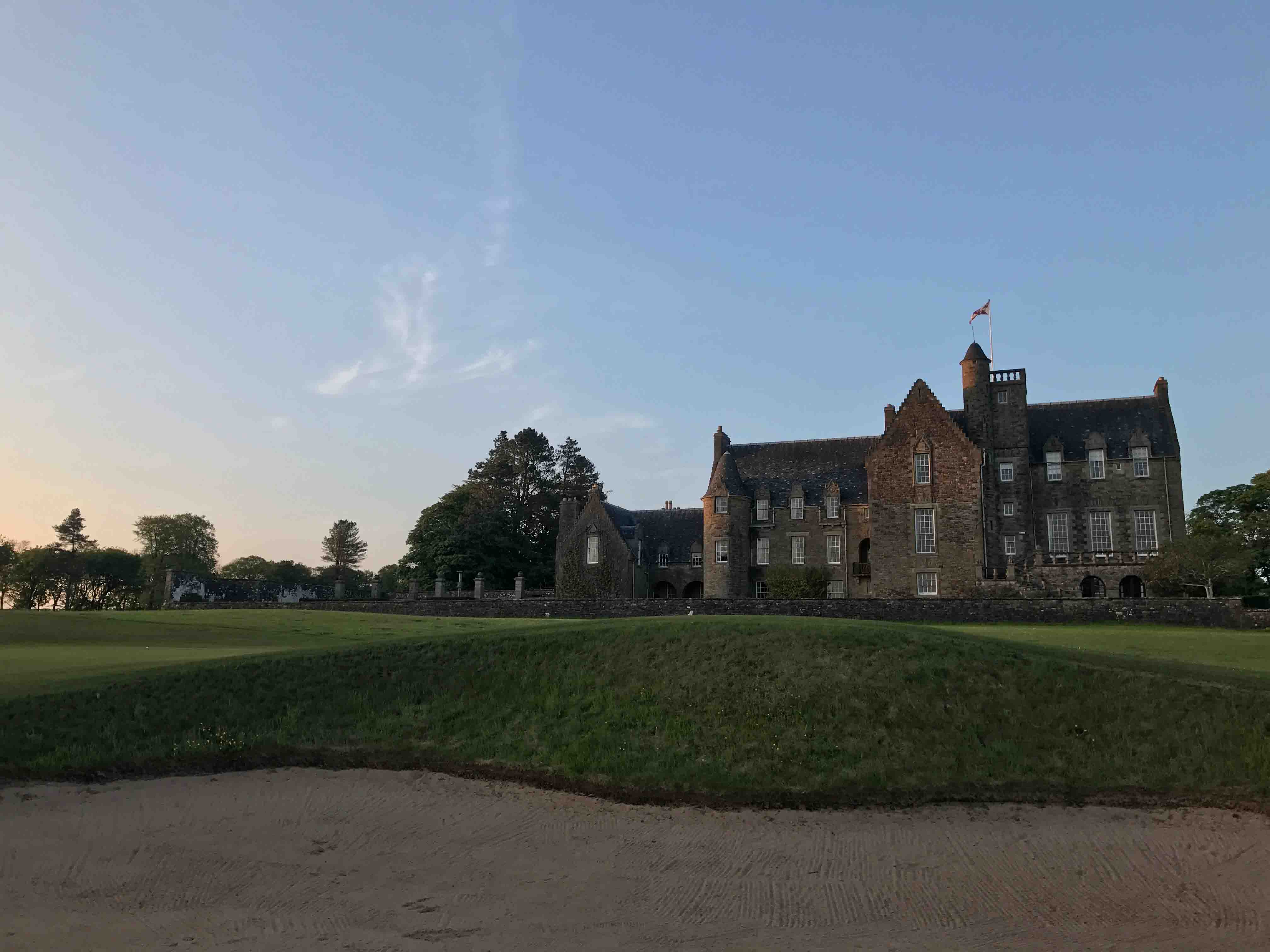
This club is famous for… two castles and the first 19th hole in Europe
Steve Carroll

A journalist for 25 years, Steve has been immersed in club golf for almost as long. A former club captain, he has passed the Level 3 Rules of Golf exam with distinction having attended the R&A's prestigious Tournament Administrators and Referees Seminar.
Steve has officiated at a host of high-profile tournaments, including Open Regional Qualifying, PGA Fourball Championship, English Men's Senior Amateur, and the North of England Amateur Championship. In 2023, he made his international debut as part of the team that refereed England vs Switzerland U16 girls.
A part of NCG's Top 100s panel, Steve has a particular love of links golf and is frantically trying to restore his single-figure handicap. He currently floats at around 11.
Steve plays at Close House, in Newcastle, and York GC, where he is a member of the club's matches and competitions committee and referees the annual 36-hole scratch York Rose Bowl.
Having studied history at Newcastle University, he became a journalist having passed his NTCJ exams at Darlington College of Technology.
What's in Steve's bag: TaylorMade Stealth 2 driver, 3-wood, and hybrids; TaylorMade Stealth 2 irons; TaylorMade Hi-Toe, Ping ChipR, Sik Putter.




